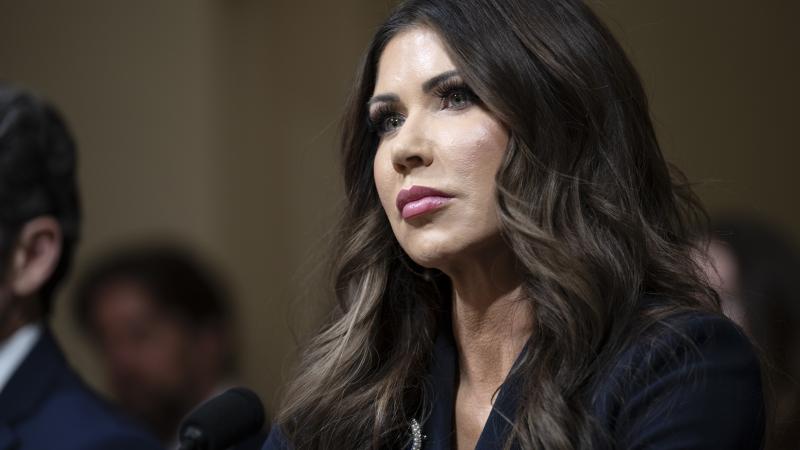Authorities chase 'plausible wild cards' and other leads on breaching of U.S. Capitol
The investigations include inquiries that are "too important to ignore," one official said.
Hundreds of federal investigators are sifting through evidence and pursuing theories both simple and complex, in order to unravel how a Wednesday protest rally morphed into an assault on the U.S. Capitol.
Four people died during the violent Jan. 6 breach, authorities said. Among the dead are 35-year-old U.S. Air Force veteran Ashli Babbitt, who was shot dead by a Capitol police officer while she climbed through a broken window inside the Capitol building.
"Our criminal prosecutors have been working throughout the night with special agents and investigators from the U.S. Capitol Police, FBI, ATF, Metropolitan Police Department and the public to gather the evidence, identify perpetrators, and charge federal crimes where warranted," acting Attorney General Jeffrey Rosen said Thursday.
Noting that some participants already have been charged, Rosen said, "[W]e will continue to methodically assess evidence, charge crimes and make arrests in the coming days and weeks to ensure that those responsible are held accountable under the law."
As part of that effort, Washington, D.C. Police Chief Robert Contee released photos from the siege, showing persons of interest.
"These images depict individuals engaged in various acts of violence or property destruction," Contee said Thursday at a news conference.
While looking for individual suspects, officials also are pursuing what one federal law enforcement official described as "plausible wild cards." These include investigative inquiries that are "too important to ignore."
One trail involves pipe bombs that were planted outside both the Democratic and Republican National Committee headquarters, along with a vehicle containing both a rifle and Molotov cocktail explosives.
Contee reported that the rifle and the bombs were discovered during the time a mob of people stormed the Capitol building.
"Was this a diversion to pull D.C. police away from being able to support Capitol police?" the federal official said. "That's one line of thinking that's being pursued right now."
Another is whether any foreign or domestic agents helped to trigger or enact an existing plan. Investigators are considering whether a Monday breach of an air traffic control radio frequency should be looked at in connection to Thursday's events. In the radio breach, a recorded message threatened to fly an airplane into the Capitol on Wednesday. The digitized voice said that the strike would be in retaliation for last January's U.S. drone attack that killed Iranian Quds Force commander Qasem Soleimani.
American intelligence officials told Just the News that because Iran typically does not telegraph attacks in advance, the recorded threat is being viewed as a psychological maneuver. Now, the federal official said, investigators are considering whether the recording was a coded message to agents in the field, or a taunt about the upcoming riot.
Security is being ramped up ahead of the Jan. 20 inaugural that will see Joe Biden sworn in as president. Within the next few days, 6,200 National Guard troops from six states and the District of Columbia will be activated within the National Capital Region, Army Secretary Ryan McCarthy said Thursday. The troops will remain on duty for "no less than the next 30 days," McCarthy said.















